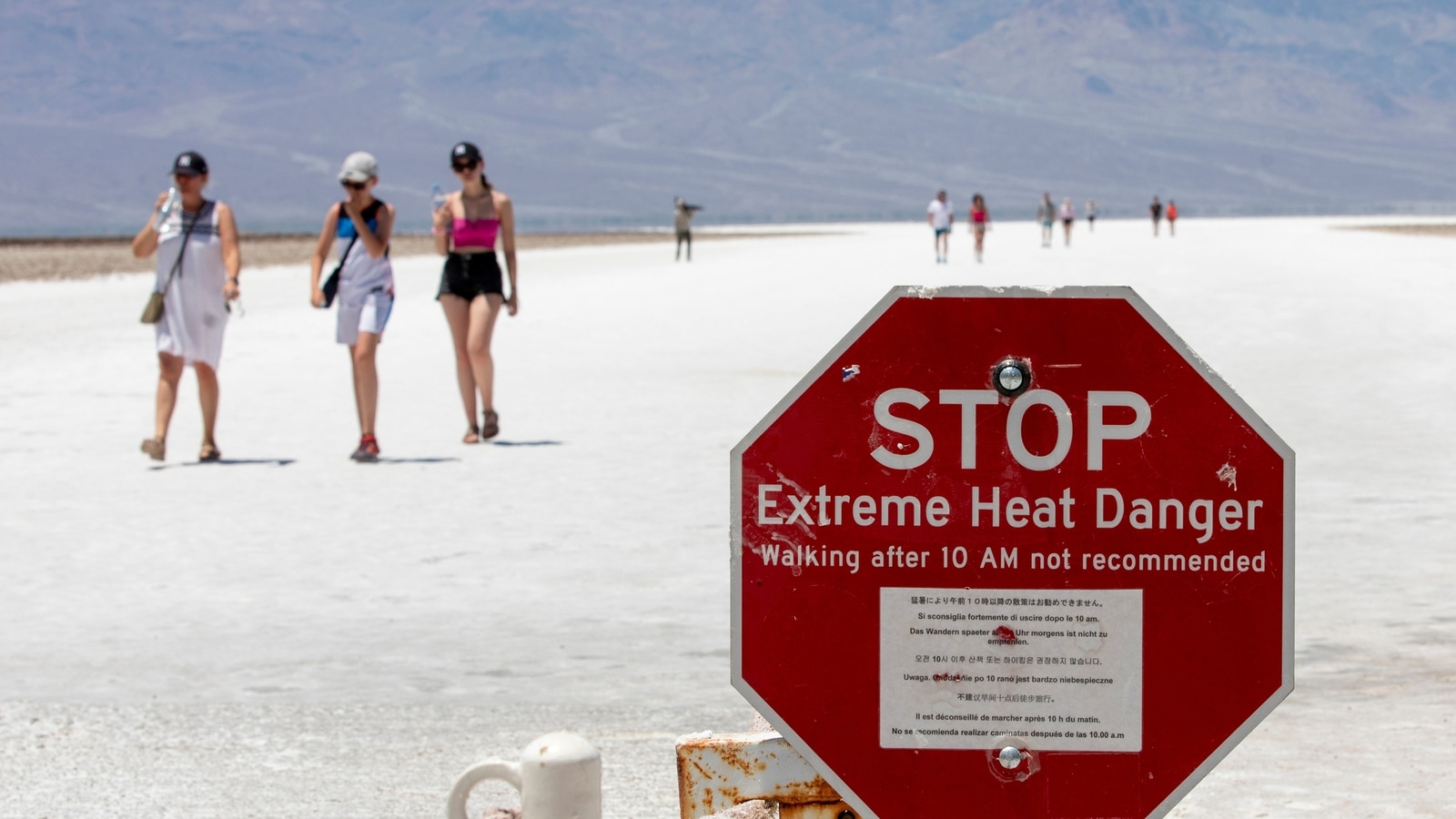An invisible mask? Portable air curtain treated to kill viruses blocks 99.8% of aerosols

Head-worn technology from UM startup could protect agricultural and industrial workers from airborne pathogens

A curtain of air shooting down from the brim of a hard hat can block 99.8% of aerosols from reaching a worker’s face. The technology, developed by University of Michigan startup Taza Aya, may offer a new way to protect workers in industries where respiratory disease transmission is a concern.
Independent third-party testing of Taza Aya’s device demonstrated the effectiveness of the air curtain, which encloses the face and comes out of nozzles on the brim of the hat. But for the air curtain to be effective in protecting against pathogens in the room, it must first be cleaned of pathogens itself. Previous research by the group of Taza Aya co-founder Herek Clack, an associate professor of civil and environmental engineering at UM, showed that their method can remove and kill 99% of airborne viruses on farms and in laboratories.
“Our air curtain technology is precisely engineered to protect the wearer from airborne infectious agents, using treated air as a barrier in which any pathogens present have been inactivated so that they can no longer infect you if you breathe them in,” said Clack. “Our level of protection against airborne germs is virtually unparalleled, especially when combined with the improved ergonomics it also offers.”
Fire has been used for sterilization throughout history, and although we don’t usually think of it that way, it’s what’s known as a thermal plasma. Nonthermal, or cold, plasmas are made up of high-energy, electrically charged molecules and molecular fragments that produce a similar effect without heat. These ions and molecules quickly stabilize and become normal air before they reach the curtain nozzles.

Taza Aya’s prototype consists of a backpack that weighs about 10 pounds and contains the device’s nonthermal plasma module, air handler, electronics, and battery. The air handler draws air into the module, where it is treated before flowing to the air curtain’s nozzle array.
Taza Aya’s advances come in the wake of the COVID-19 pandemic and in the midst of a summer in which the U.S. Centers for Disease Control and Prevention reported four cases of people testing positive for bird flu. During the pandemic, the agricultural sector experienced disruptions in meat production due to labor shortages, which had a direct impact on prices, the availability of some products and the extended supply chain.
For the past few months, Taza Aya has been conducting user experience testing with workers at Michigan Turkey Producers in Wyoming, Michigan, a processing plant that treats birds humanely. The plant employs hundreds of workers, many of whom come into direct contact with turkeys during their workday.

Until now, paper masks have been the main strategy for protecting workers in such large-scale agricultural production. But on a noisy assembly line where many workers speak English as a second language, masks further limit workers’ ability to communicate by muffling voices and obscuring facial features.
“It was a problem for many plants during COVID – the masks were needed, but they prevented good communication with our employees,” said Tina Conklin, vice president of technical services at Michigan Turkey.
In addition, the effectiveness of masks depends on them sealing tightly around the mouth and nose to ensure adequate filtration, which can change from minute to minute throughout a workday. Masks can also fog up goggles and must be removed so workers can eat. Taza Aya’s technology avoids all of these problems.

As a researcher at UM, Clack spent years researching the use of nonthermal plasma to protect livestock. When COVID-19 broke out in early 2020, he quickly focused on how the technology could be used for personal protection against airborne pathogens.
In October of the same year, Taza Aya was named a winner of the Invisible Shield QuickFire Challenge, a competition launched by Johnson & Johnson Innovation in collaboration with the U.S. Department of Health and Human Services. The goal of the program was to encourage the development of technologies that protect people from airborne viruses while having as little impact on daily life as possible.
“We are excited about the study results and are now starting this journey,” said Alberto Elli, CEO of Taza Aya. “This real-world experience in product and user testing will help us successfully launch the Worker Wearable in 2025.”
Clack and the University of Michigan have a financial interest in Taza Aya.



